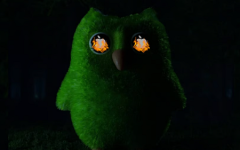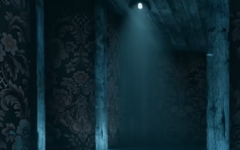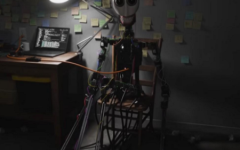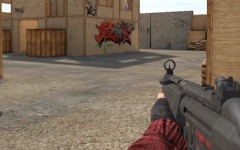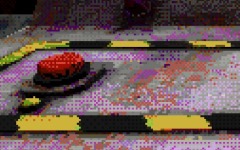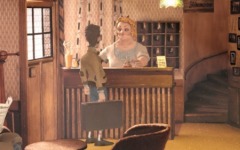Advertisement
Lacey’s Wardrobe
Advertisement

Lacey’s Wardrobe is a short narrative game where the player moves through a small apartment that once belonged to someone named Lacey. Most of the action takes place in one bedroom, but the room reacts to the player in ways that suggest something is not finished. As you interact with the space, small details shift. The mirror, the wardrobe, and even the sound design reflect tension that slowly builds as more objects are touched.
Each interaction with furniture, drawers, or the wardrobe unlocks a moment that moves the story forward. These moments are not explained directly, but they begin to form a picture of what happened. The presence of another character becomes stronger with time. There is no visible enemy, but the atmosphere becomes heavier as the story continues.
- Explore the bedroom environment
- Open and search the wardrobe
- Listen for audio cues that signal change
- Watch for visual shifts in mirrors or walls
- React to jump scares and unexpected sounds
Tension Through Stillness
The game uses very few mechanics. There is no running, no hiding, and no combat. The tension comes from not knowing what the next interaction will cause. Each choice feels small, but together they create a sense of something watching. Some players might complete it quickly, while others will take longer to explore everything.
Connection To A Larger Series
Lacey’s Wardrobe was inspired by a video series that tells a longer story through short animated clips. While the game is not officially connected to that series, it follows similar themes. Due to the overlap, the game was eventually removed at the request of the series creator. It remains a standalone project that drew attention for its focused setting and psychological tension. It was released as a fan creation and later taken down in support of upcoming official material.
Short, Direct, And Unsettled
The game does not overstay its welcome. Players are placed into a confined space and given minimal direction, which becomes part of the experience. What seems like a simple room hides a story that unfolds through careful observation. The environment responds not with words, but with changes in light, sound, and movement. The effect is subtle but deliberate, creating a game that feels small but leaves something behind.























































































































